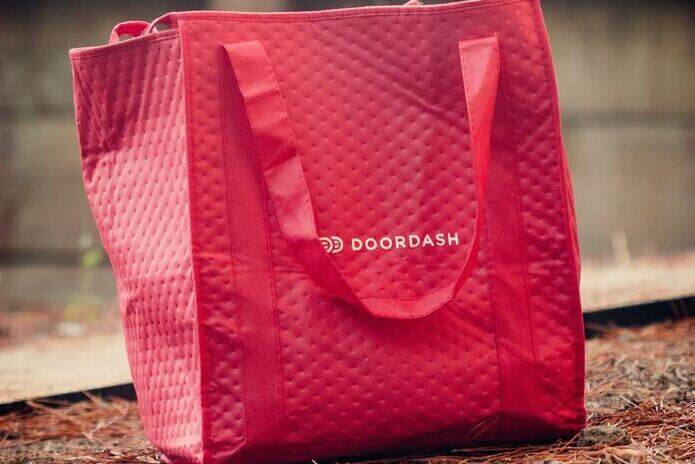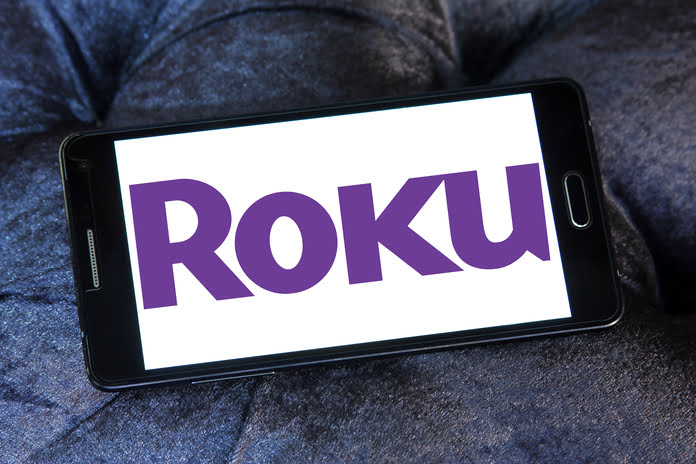DoorDash’s (NYSE:DASH) impressive performance during the second quarter is driven by its strong network effect, leading to substantial growth in orders and gross order value per order. The company’s ability to retain or even slightly increase its delivery market share in the U.S. is commendable, especially as it competes with other players like Uber (NYSE:UBER). Although DoorDash (NYSE:DASH) remains unprofitable unlike Uber, it deserves recognition for its ongoing investments in app enhancements and additional services to attract more consumers. These investments are expected to yield returns in the form of top-line growth and improved free cash flow over the long term. Despite the stock’s nearly doubled performance year to date, it still trades at an attractive valuation of only 0.55 times our fair value estimate.
In the second quarter, DoorDash (NYSE:DASH) reported total revenue of $2.1 billion, marking a significant 33% increase from the previous year. This growth can be attributed to a 25% rise in orders, a 1% increase in order size, revenue growth from advertisements, and a 70-basis-point uptick in intake rate, which now stands at 13% of the $16.5 billion gross order value (representing a 26% increase). Taking into account the results of Wolt, acquired in 2022, the company saw a 20% increase in gross order volume and a 22% rise in net revenue on an adjusted basis.
DoorDash’s GAAP operating loss improved to $211 million from $273 million in the previous year, primarily due to the growth in net revenue, including subscription revenue from DashPass. The company achieved a 150-basis-point improvement in gross margin, thanks to enhanced efficiency on the logistics front. Furthermore, reduced sales and marketing, as well as general and administrative expenses as a percentage of revenue, contributed to the reduction in operating losses. Looking ahead, management plans to increase sales and marketing spending in the second half of the year, driven by seasonal factors and a more aggressive marketing strategy for its revamped app and non-restaurant delivery services. In terms of adjusted EBITDA, DoorDash (NYSE:DASH) witnessed a significant rise to $279 million from $103 million in the previous year, with margins as a percentage of gross order volume more than doubling to 1.7%.
Featured Image: Unsplash @ Griffin Wooldridge















